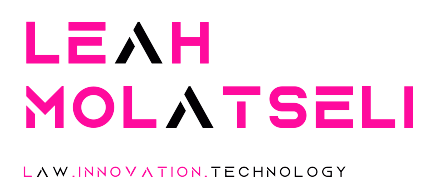AI for Lawyers: How to Choose the Right OpenAI Model for Legal Workflows
AI is not the future of law. It’s the present.
But between the buzzwords and the technical jargon, it’s easy for legal professionals to feel overwhelmed by what all of this means practically. And that’s where I come in.
As someone who works daily with legal teams, legaltech founders, and innovation leaders, I’ve seen how powerful tools like OpenAI’s GPT models can be when used intentionally in legal work.
Recently, OpenAI released several models: GPT-4o, GPT-4.5, OpenAI o3, o4-mini, and more. Each of these has unique capabilities and depending on your needs (contract automation, legal research, policy drafting, compliance monitoring), choosing the right one could save your team hours while improving accuracy and productivity.
This guide breaks down what each model is, and how lawyers, legal operations teams, and law firm professionals can actually use them.
Want to explore these models yourself? Check out the OpenAI model overview here.

Model Breakdown + Legal Use Cases
GPT-4o (Omni)
What it is:
OpenAI’s newest flagship model. It’s fast, multimodal (can process text, audio, images, and video), and surprisingly cost-effective. It’s designed to understand and respond in a more human, emotionally aware way.
Legal use cases:
- AI-powered legal assistants (text + voice): Imagine a legal chatbot that understands tone and nuance, ideal for client-facing interactions.
- Explaining legislation or policies in plain language (great for compliance training).
- Multilingual contract review or client support (especially in global legal teams).
Perfect for: Legal teams needing natural, fast interaction with documents or clients across formats.
GPT-4.5 (Legacy Tier)
What it is:
The older premium model known for high accuracy in reasoning and longer context windows. Ideal for deep analysis tasks.
Legal use cases:
- Reviewing long contracts or complex litigation documents.
- Comparing regulatory frameworks across jurisdictions.
- Drafting detailed memos, board resolutions, or internal legal opinions.
Perfect for: Legal advisors or researchers needing in-depth support with precision.
OpenAI o4-mini + o4-mini-high
What it is:
Lightweight, faster versions of the bigger models. Think of them like smaller engines, cost-effective, responsive, and ideal for repetitive tasks.
Legal use cases:
- Automating internal legal FAQs.
- Running high-volume NDA or SOW reviews.
- Tagging and organizing compliance documents or precedents.
Perfect for: Legal ops teams or firms automating internal processes without burning budget.
OpenAI o3
What it is:
A solid general-purpose model. More powerful than o1, but lighter than GPT-4 tiers.
Legal use cases:
- Drafting contract templates with clause suggestions.
- Generating first-draft responses to RFPs or compliance questionnaires.
- Identifying risk areas in contracts using prompt libraries.
Perfect for: In-house legal teams juggling multiple requests and needing a reliable AI co-pilot.
OpenAI o1 Pro Mode
What it is:
The leanest and cheapest option of the bunch. Less capable in complex tasks, but fast and scalable.
Legal use cases:
- Training chatbots for common legal queries (e.g. HR policies, IP basics).
- Quick template filling for contracts, POPIs, NDAs.
- Bulk summarizing of public records or court data.
Perfect for: Startups, legaltech vendors, or firms with tight budgets needing scale.
Key Takeaways for the Legal Community
- Not all AI models are created equal choose the one that matches your task and budget.
- You don’t need to start big. Many legal teams gain massive value just from implementing GPT for 1–2 core use cases.
- Start small. Scale smart.
If you’re wondering how to integrate AI into your legal workflows, without the fluff I offer tailored Legal AI Consulting for:
- In-house legal departments
- Legal ops teams
- Law firms
Whether it’s assessing your tech readiness, mapping out automation workflows, or matchmaking with the right tools I’ve got you.
